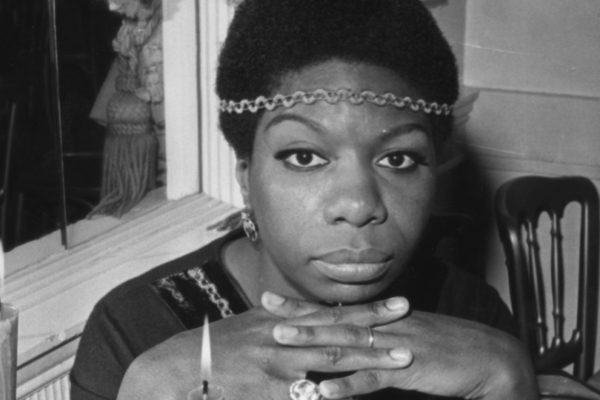Nina Simone is regarded as one of the most influential singers of the 20th century. She was prickly, outspoken, and had a style like no other, influenced by classical, blues, jazz, pop, and more.
Her life was difficult, and she didn’t hold back in calling out the racism that touched it throughout (at her first classical recital at 12 in her NC hometown, her parents were made to move to the back of the performing space to make room for white attendees; she refused to play until they were allowed to return to their original seats in front). Ironically, Simone hadn’t intended to be a singer, but her jazz piano gig in an Atlantic City club offered her more money if she also accompanied herself.
Simone’s career was a bit spotty: she was devoted to her classical ambitions, only performing or recording pop songs as a way to sustain/finance that interest. During the Civil Rights era, she caused a furor by writing and performing “Mississippi Goddam” in response to the 1963 murder of Medgar Evers and of the bombing of the 16th Street Baptist Church later that same year. That frank take on racism caused her career to hit some bumps. Did she care? Nope.
Nina Simone’s personal life was just as complicated. Bad marriages, bad business deals, and a later diagnosis of bipolar illness haunted her. However, with over 40 albums and hundreds of live performances, Simone gifted the world with one of the richest music catalogs out there.
Check out more about Nina with this episode of our YouTube series, ‘Stereotypes” with our friend (and fellow music geek), Emmy Potter.
-The CS Team
Photo: Getty Images
PS. Have a minute to get a quick “pop”of today’s music history?



Hello — would just like to say that I think ‘The Day In Rock’ is really cool – and also, despite the fact that “Graceland’ is an amazing album, Neil Diamond did everything on there a decade prior — it’s called ‘Tap Root Manuscript’ and should be acknowledged.